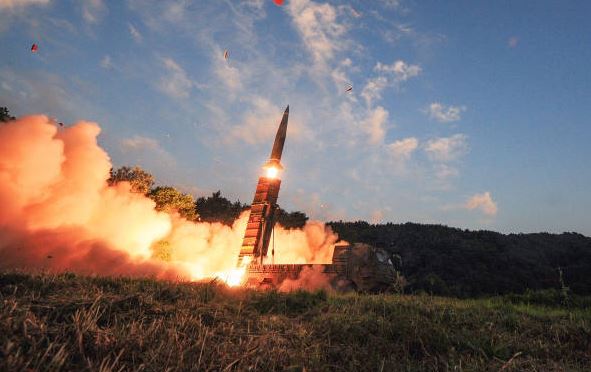North Korea Launches Cruise Missiles for the Third Time in January, Declares South Korea
South Korea’s military has reported detecting North Korea firing multiple cruise missiles into the sea off its western coast on Tuesday, marking the third round of such tests in a single month.
The launches come amidst heightened tensions in the region, where the pace of both North Korea’s weapons demonstrations and the United States’ combined military exercises with allies South Korea and Japan has intensified in a tit-for-tat fashion.
Advancements and Strategic Intentions
South Korea’s Joint Chiefs of Staff have confirmed that the South Korean and US militaries are actively analyzing the missile launches.
However, specific flight details, including the number of missiles fired and their range, have not been immediately provided. This lack of information raises questions about the nature and capabilities of the tested missiles.
The recent missile launches follow earlier tests conducted on January 24 and January 28, where North Korea claimed to have tested a new cruise missile specifically designed for submarine launches.
This demonstrates North Korea’s commitment to advancing its missile technology, which has been a source of regional and global concern.
Moreover, on January 14, North Korea conducted a test of a new solid-fuel intermediate-range missile, further highlighting its efforts to enhance its weaponry targeting remote US locations in the Pacific.
Among the potential targets mentioned is the military hub of Guam, emphasizing North Korea’s strategic intent to expand its reach.
North Korea’s Escalating Missile Tests

The successive tests indicate a pattern of escalation, raising alarms about the security situation on the Korean Peninsula. The intensification of both North Korea’s weapons demonstrations and the United States’ military exercises contributes to a volatile environment, requiring careful diplomatic consideration.
The international community must closely monitor these developments and work towards a diplomatic resolution to address the underlying issues.
A delicate balance is needed to ensure regional stability while discouraging further provocative actions. As tensions persist, effective communication and collaboration between involved parties become crucial to preventing an escalation into a more serious crisis.

